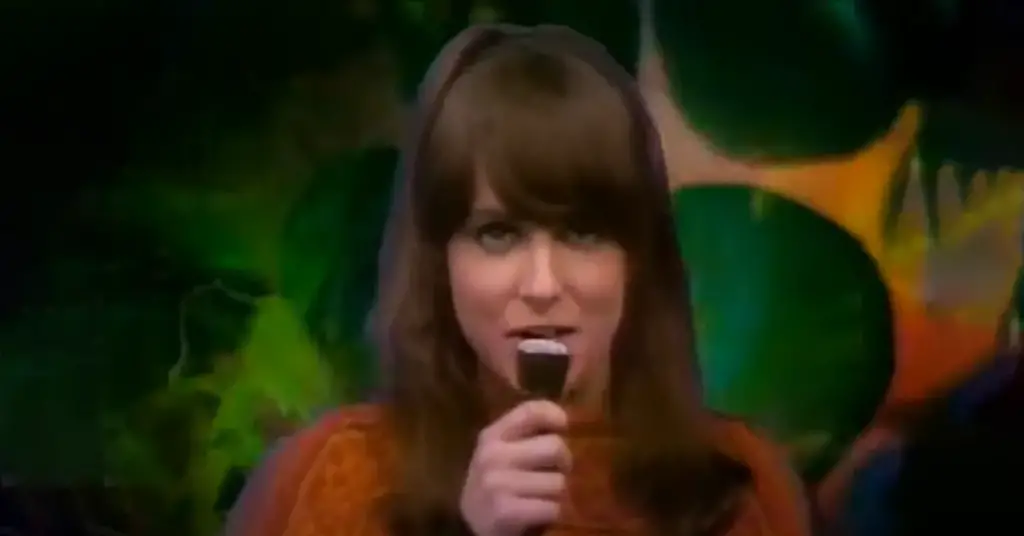Jefferson Airplane – “White Rabbit”: A Psychedelic March into the Mind’s Maze
Released in 1967 on the groundbreaking album Surrealistic Pillow, “White Rabbit” by Jefferson Airplane remains one of the most iconic songs of the psychedelic era. With its hypnotic crescendo, mystical lyrics, and Grace Slick’s commanding vocals, the song is both a surreal lullaby and a bold declaration — a call to consciousness, to rebellion, and to inner exploration.
In under three minutes, “White Rabbit” encapsulates a generation’s break from convention, using nursery rhyme imagery and classical influence to blur the lines between fairy tale and psychedelic awakening.
The Sound: A Bolero for the Acid Generation
“White Rabbit” is built around a slow, marching rhythm, inspired directly by Maurice Ravel’s “Boléro” — a classical piece known for its repetitive, escalating intensity. That same structure is mirrored here:
- Jack Casady’s rumbling bassline pulses steadily, guiding the song like a slow, ritual drumbeat.
- Jorma Kaukonen’s Spanish-style guitar flourishes add texture and tension.
- Spencer Dryden’s cymbals swell as the song builds toward its climax.
- At the center is Grace Slick, delivering one of the most unforgettable vocal performances in rock history — cool, authoritative, and unwavering.
The song doesn’t explode — it ascends, drawing the listener deeper into its spell with every line.
The Lyrics: Wonderland as Allegory
“One pill makes you larger, and one pill makes you small…”
Written entirely by Grace Slick before she even joined Jefferson Airplane (she brought the song over from her previous band, The Great Society), “White Rabbit” uses Lewis Carroll’s Alice in Wonderland and Through the Looking-Glass as a metaphor for consciousness expansion, societal hypocrisy, and drug culture.
Each lyric is a layered reference:
- Alice, the Dormouse, the Red Queen, the White Knight — characters from children’s stories that take on new meaning in the psychedelic context.
- “Go ask Alice…” — a line that became the inspiration for an infamous anti-drug book and film.
- And finally: “Feed your head.” — the song’s rallying cry, whispered like a commandment.
It’s not just a song about drugs — it’s about breaking free from blind obedience, about awakening in a world that isn’t what it seems.
A Feminine Force in a Male-Dominated Scene
Grace Slick wasn’t just singing — she was leading. In an era when most female vocalists were relegated to background harmonies or sentimental ballads, Slick’s commanding presence in “White Rabbit” was revolutionary.
She sings not with vulnerability, but with certainty. The song’s quiet menace and surrealism is sharpened by her delivery — part siren, part prophet.
It also made her one of the first women to write and sing a Top 10 hit in rock entirely on her own.
Chart Success and Cultural Impact
“White Rabbit” peaked at #8 on the Billboard Hot 100 in the summer of 1967 — the so-called Summer of Love. But its legacy stretches far beyond the charts:
- It’s been featured in countless films and TV shows (Platoon, The Sopranos, Stranger Things), often used to evoke disorientation, war, rebellion, or transformation.
- The song became a counterculture anthem, spoken of in the same breath as “Light My Fire” or “All Along the Watchtower.”
- Its influence spread beyond music — into fashion, art, and literature — making it a cornerstone of psychedelic aesthetics.
Final Thoughts
“White Rabbit” is more than a song. It’s a trip, a myth, and a warning. It captures the paradox at the heart of the 1960s: the childlike wonder of exploration and the dark undercurrent of breaking through societal illusions.
It tells you to go deeper.
To question everything.
To feed your head.
And more than fifty years later, it still has the power to pull listeners down the rabbit hole — and change how they see the world on the other side.



Facebook Comments